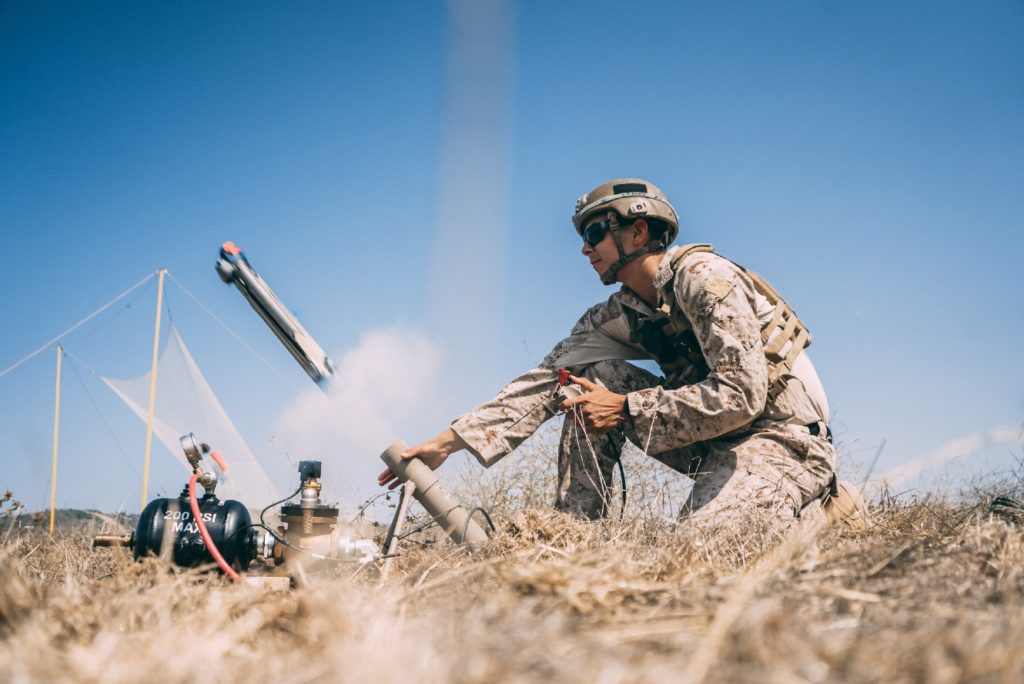Loitering Munitions
Loitering munitions, often referred to as “kamikaze drones,” are transforming combat dynamics. These advanced weapons combine the surveillance capabilities of unmanned aerial vehicles (UAVs) with the precision of guided missiles. They hover over targets, tracking them before striking with lethal accuracy. This approach enables a seamless integration of intelligence gathering and destruction.
About Loitering Munitions
Loitering munitions differ from traditional missiles. They do not follow a fixed path. Instead, they wait and observe for the ideal moment to attack. This capability allows them to adapt to changing battlefield conditions. Their effectiveness has been brought into light in recent conflicts, showcasing their potential as game-changers.
Global Applications in Warfare
In the Ukraine conflict, Russia’s Lancet-3 drones target Ukrainian artillery with precision. Ukraine counters with U.S.-supplied Switchblade drones and its own RAM II systems. In the Middle East, Israel employs Harop drones for precision strikes. Iran’s Shahed-136 drones demonstrate how mass-produced units can challenge sophisticated air defences. These examples underline the evolving nature of warfare.
India’s Strategic Developments
India is actively developing its fleet of loitering munitions and autonomous drones. The SkyStriker drone, with a range of 500 km, is operational for Suppression of Enemy Air Defences. The Nagastra-1, introduced in 2024, is tailored for high-altitude warfare. Private firms are also innovating, with successful trials of loitering munitions at lower costs than imports.
The Rise of Swarm Warfare
Future warfare may involve swarms of drones rather than individual units. India has demonstrated its capability with a 75-drone swarm, executing coordinated attacks. NewSpace Research & Technologies has developed a swarm of 100 drones for battlefield deployment. Research is ongoing into AI-driven systems that can detect enemy assets, enhancing operational effectiveness.
Economic Considerations in Drone Warfare
Despite advancements, cost remains a challenge for India’s drone industry. Indigenous drones are more affordable than Israeli models but pricier than Russian and Iranian options. The pressure to innovate and reduce costs is mounting on Indian manufacturers. Western firms are also advancing, with projects like the Hellhound S3 loitering munition denoting the importance of speed and efficiency.
India’s Defence Industry and Self-Reliance
India’s military modernisation is gaining momentum. The Defence Ministry reports that 65% of military equipment is now domestically produced. Defence production reached a record Rs 1.27 lakh crore in 2023-24. Initiatives like iDEX and SAMARTHYA are encouraging private sector participation and technological advancement. Major procurement decisions reflect this shift towards indigenisation.
Challenges Ahead
India faces competition from low-cost drone production in Russia and Iran. Although domestic options are more affordable than Israeli ones, they need to become cheaper than their Russian and Iranian counterparts. The focus on AI-driven autonomy for UAVs is crucial for future competitiveness. Innovations such as stealthy loitering munitions are also in development.
Future Implications of Drone Warfare
As geopolitical tensions rise, investments in drone warfare are vital for India. The integration of AI, swarm technology, and long-range capabilities positions India at the forefront of modern combat. The transition from conventional airstrikes to unmanned systems signifies a new era in military strategy.
Month: Current Affairs - March, 2025
Category: Defence Current Affairs








